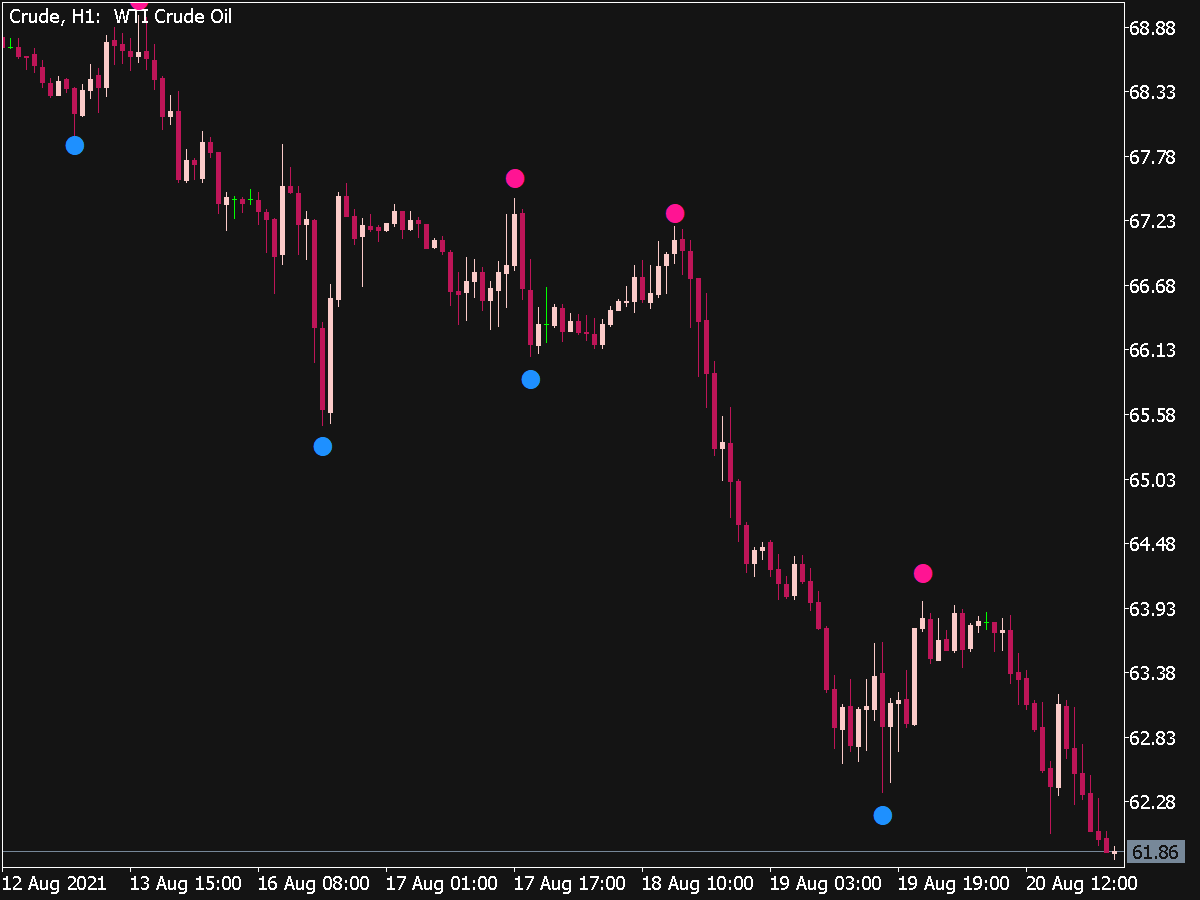In the world of Forex trading, precision and timing are everything. Whether you are a beginner or an experienced trader, using the Best MQL5 Indicators can make a huge difference in your trading results. These indicators help you interpret market data, identify entry and exit points, and minimize emotional trading decisions. But with thousands of options available on the MQL5 marketplace, how do you choose the most reliable tools that deliver accurate Forex signals? This guide will walk you through the essential steps to selecting the right MQL5 indicators for consistent and profitable trading.

1. Understand What MQL5 Indicators Do
Before diving into selection, it’s crucial to understand what these tools are designed to do. MQL5 indicators are algorithm-based tools that analyze market data in real-time. They use historical price, volume, and trend information to forecast potential market movements. The Top MQL5 Tools range from simple moving averages to complex algorithmic models that detect patterns or reversals.
Some indicators help identify market trends (trend-following indicators), while others measure momentum, volatility, or volume. Your trading style—scalping, swing trading, or long-term investing—will determine which indicators you should rely on most.
2. Identify Your Trading Strategy and Goals
Every trader has unique objectives. Some prefer short-term gains, while others focus on long-term growth. The Best MQL5 Indicators for you will depend on your strategy.
-
Trend Traders should look for indicators like the Moving Average Convergence Divergence (MACD), Average Directional Index (ADX), or Ichimoku Cloud to identify strong, ongoing market trends.
-
Scalpers benefit from quick-response indicators like Relative Strength Index (RSI), Stochastic Oscillator, or Bollinger Bands.
-
Swing Traders might prefer a combination of trend and momentum indicators to catch short-term price reversals.
Choosing indicators aligned with your trading approach helps you stay consistent and avoid unnecessary confusion from too many conflicting signals.
3. Focus on Accuracy and Backtesting
Accuracy is the cornerstone of any reliable indicator. When choosing the Best MQL5 Signal Indicators, always check their historical performance. The MQL5 marketplace allows traders to view backtest results and user reviews for each indicator.
Backtesting is the process of testing an indicator using historical market data to evaluate how well it performs. Look for indicators that have proven accuracy in different market conditions — trending, ranging, and volatile phases. If an indicator consistently shows high win rates and accurate signal timings, it’s a positive sign of reliability.
Also, verify whether the indicator provides clear buy/sell alerts or visual signals. Indicators that generate too many false alerts can lead to confusion and poor decision-making.
4. Check for Compatibility and User Interface
Even the Top MQL5 Tools won’t help if they’re not compatible with your trading platform or too complicated to use. Ensure that the indicator integrates seamlessly with your MetaTrader 5 (MT5) setup.
A good indicator should have a user-friendly interface, customizable settings, and clear chart visuals. Some advanced Forex indicators even include alerts, notifications, or dashboard summaries to make trading decisions faster and more efficient. If you’re a beginner, start with tools that are easy to interpret and don’t require deep coding knowledge.
5. Evaluate Developer Reputation and Community Feedback
One of the biggest advantages of using the MQL5 platform is its large trading community. Before buying or downloading any indicator, check the developer’s credibility. Reputable developers regularly update their products, fix bugs, and provide responsive customer support.
Read through user reviews, ratings, and comments on the indicator’s page. Traders often share real-world performance insights that you won’t find in the official description. This feedback helps you avoid unreliable or overhyped tools and focus on the Best MQL5 Indicators that have a proven track record.
6. Combine Indicators Wisely
While it might be tempting to load your chart with multiple indicators, more isn’t always better. Too many indicators can produce conflicting signals and clutter your analysis.
A smart approach is to combine two or three complementary indicators that measure different aspects of the market. For example:
-
Use one trend-following indicator (like Moving Average or Ichimoku Cloud).
-
Add a momentum indicator (such as RSI or MACD).
-
Optionally, include a volatility indicator (like Bollinger Bands).
This balanced setup gives you confirmation from multiple sources without overwhelming your decision-making process.
7. Test on a Demo Account Before Using Real Money
Before you risk your hard-earned funds, always test your chosen indicators on a demo account. Demo trading allows you to understand how each indicator behaves under different conditions without financial risk.
You’ll learn how to interpret the signals, adjust settings, and confirm whether the indicator complements your trading style. Once you’re confident, you can apply them in live trading with proper risk management.
8. Keep Learning and Updating Your Tools
The Forex market constantly evolves with new trends, technologies, and trading algorithms. Regularly review your trading setup and explore updates or new Advanced Forex Indicators on MQL5. Many developers release improved versions with better accuracy and real-time adaptability. Staying updated ensures you’re always trading with the most efficient tools.
Conclusion
Selecting the Best MQL5 Indicators for accurate Forex signals isn’t about choosing the most popular or expensive tools — it’s about finding indicators that fit your trading style, provide consistent accuracy, and are easy to use. Take the time to research, backtest, and test each tool before fully integrating it into your strategy. By combining reliable MQL5 indicators, proper risk management, and ongoing learning, you’ll build a solid foundation for long-term Forex trading success.





















